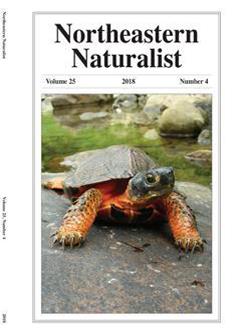How to translate text using browser tools
1 November 2018
Finfish Diversity and Distribution in a Boreal, Macrotidal Bay
Jeffrey D. Vieser,
Gayle Barbin Zydlewski,
James D. McCleave
ACCESS THE FULL ARTICLE

Northeastern Naturalist
Vol. 25 • No. 4
December 2018
Vol. 25 • No. 4
December 2018




